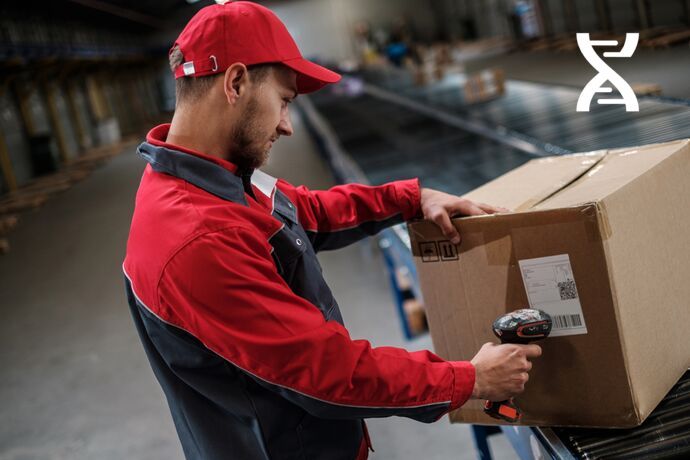What tools can you use to optimize your logistics organization?
ERP (Enterprise Resource Planning) implementation
An Enterprise Resource Planning (ERP) system enables an organization to efficiently manage its information flow via a central platform One of the many benefits of an ERP system is inventory control. With a centralized system, all key information is available in one place, including orders, inbound and outbound sales, deliveries and more. This information supports informed decision-making, and enables forecasts to be made on the basis of data provided by the ERP system. Real-time data enables immediate notification of out-of-stock products, inbound and outbound orders requiring special attention, or potential delivery problems The ERP system also contributes to better management of goods transportation, ensuring that customers and suppliers receive their products on time.
Setting up a WMS (Warehouse Management System)
An inventory and warehouse management system brings together all intralogistics data in real time. Thanks to a database that controls all movements, it is possible to monitor and manage warehouse operations, from the arrival of goods, to their storage, replenishment, packaging and dispatch, not forgetting the status and preparation of an order The aim of such a tool is to enable the efficient, cost-effective flow of goods and materials in warehouses. Without human intervention, such software is capable of analyzing all data to predict and optimize the use of warehouse space, and anticipate orders and their evolution.
The use of barcodes/RFID (Radio Frequency ID) and radio frequency terminals
Barcodes help avoid human input errors, speed up the manual input process and improve execution accuracy QR codes offer a "2D view" of data. They can be used to identify the location of goods, the time at which scanning took place, the number of scans carried out throughout the journey, and so on. QR codes can automate processes throughout your systems. Their use can also prevent losses, as each stage of the routing is controlled RFID, or Radio Frequency ID, offers a "3D view" of data. There are two types of RFID: the active system uses a transponder during shipment, which receives and transmits data, while the passive system only sends a signal back to a reader. In terms of inventory control, RFID (Radio Frequency ID) enables managers to easily identify stock and improve product tracking capability, prevent theft and can be used to track returnable assets (pallets, containers, etc.).





